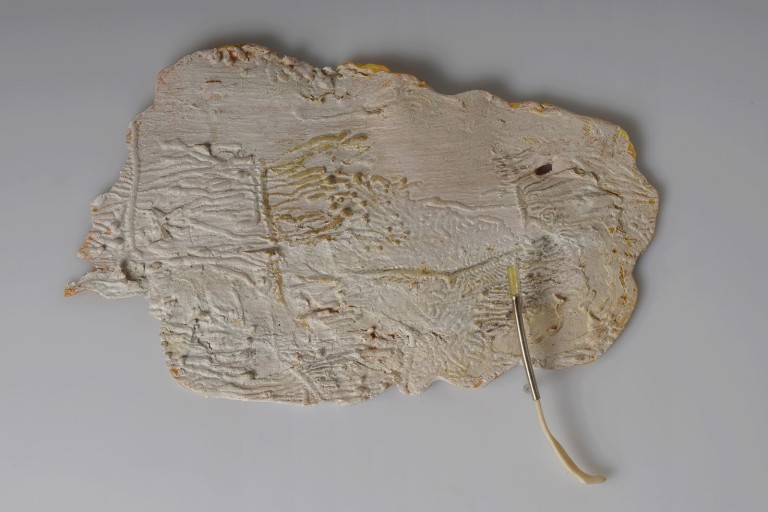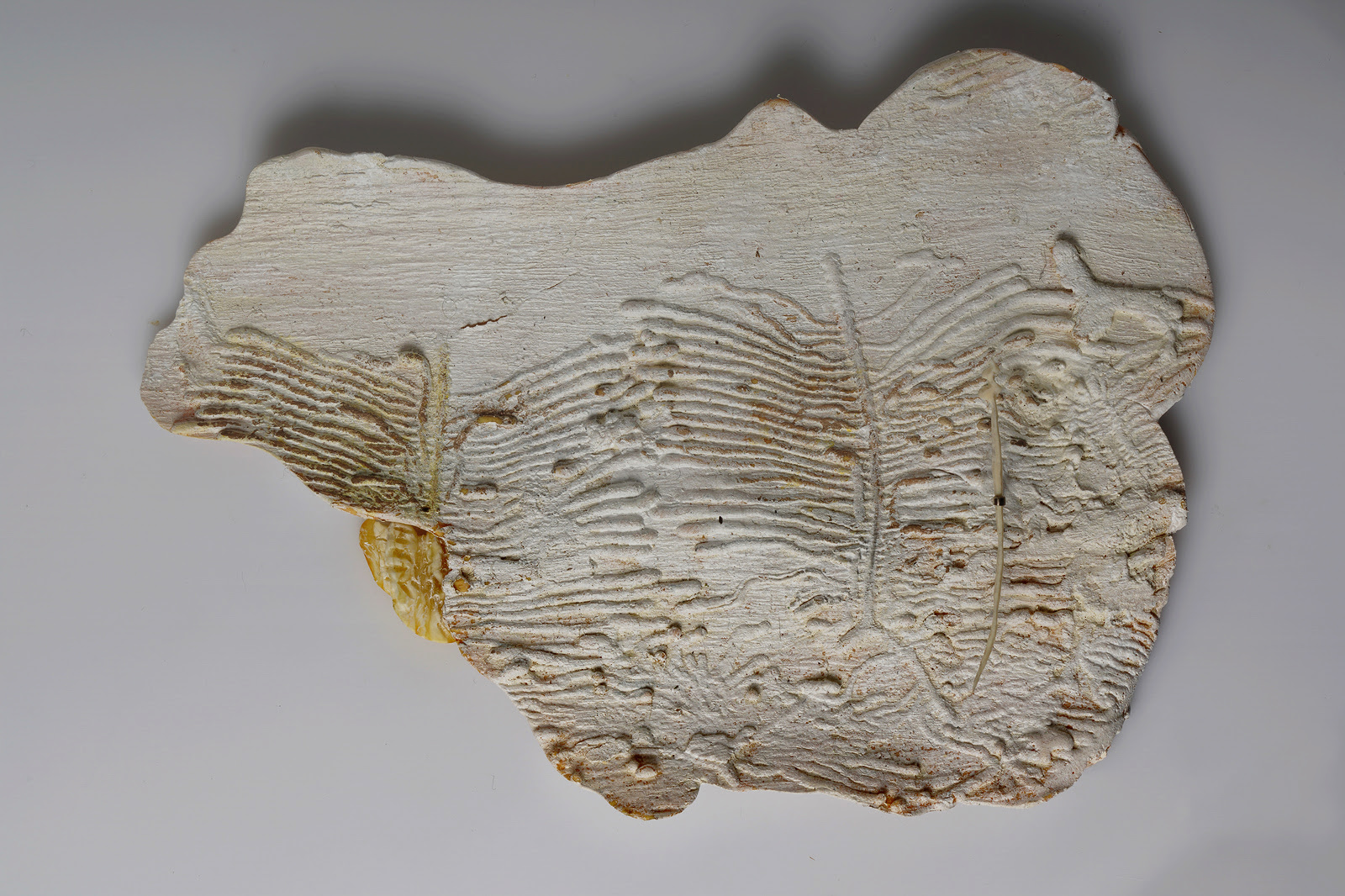Eglė Čėjauskaitė-Gintalė – poet of the authentic past
I’m afraid of the dark and of sleeping alone. I’m even more afraid of the dark in a country house, because you can’t see the lights of the other flats outside the windows, and of spending the night alone. Because for me, a five-storey baby, there is nothing lonelier than a hut in a forest, by a spruce tree, surrounded by darkness on all sides. And it doesn’t help that you’re not usually alone in such a hut: birds rattling on the roof, pulling lichen from the shingles, foxes or cats scurrying around, mice in the basement, surely, waiting for the night to come to check for crumbs on the table. And it’s scary when the walls start to creak. But that’s just me ; there are people who are happy to go back to their huts in the woods, who know that mice, foxes and cats have their place in the infrastructure of the home and of nature, and who recognise and lovingly embrace all the rustles and crunches of home. Even those in the walls and frames, the authorship of the bark beetles.
Eglė Čėjauskaitė-Gintalė (Lithuania) is a poet of the authentic past, of the search for roots and memories, who manages to transfer the warmth of the past year into jewellery and finds it in completely unromantic places. In wooden frames, where the bark beetles have inexorably worked their magic. That insect graphic, the low relief, is almost unchanged, transferred to the pin, pressed onto the greyish plate, and it seems as if nothing more is needed – the bark beetles are the authors of the work. However, the amber droplet, a vertical stick, echoing the relief created by nature, is barely visible. If you notice it, fine, if you don’t, you don’t need to. You can barely see the curves and furrows, you can barely see the amber and the bone, you can barely hear the crackling of the bark beetles in a time long gone.
The artist says:
In my childhood home, I used to hear strange creaking noises coming from the doorframe. At first, it was uncomfortable, but then I looked forward to the sound, and it became my own, tame. When I came back from my studies, I found the door frame carved by bark beetles. I wanted to immortalise their patterns as inseparable inhabitants of my home.
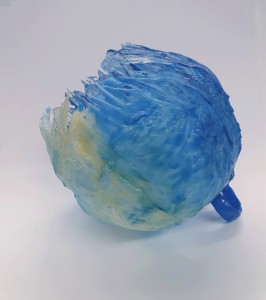
Clouds from Daria Edström
Jewellery, no matter how much you try to call it fragile and aquarellic, is usually strong, durable and rarely ephemeral. Metal has to withstand contact…
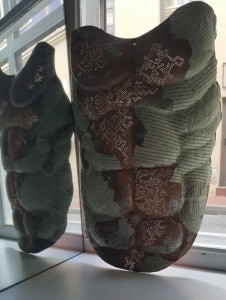
Relic by Marytė Dominaitė
Jewellers usually decorate the vulnerable, erogenous parts of the human body: the neck, earlobes, wrists. Fingers. Their work seems to show where the gaze should…
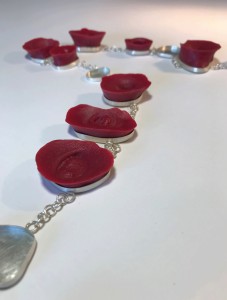
Fragility by Carole Deltenre
It’s all so fragile, especially when the snow falls incessantly, thickening that fluffy white blanket of down on the stairs, railings, balconies, uncollected leaves, children’s…
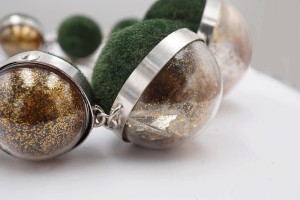
Translucent spheres of Anna Butwell
No matter how grey, white, graphic and snow-covered Advent is, no matter how you feel, as if you are covered in a heavy cotton blanket,…

Three-dimensional drawings from Klara Brynge
The curves of the human body resemble the relief of a landscape. Really. The gorges and rocks are like old wrinkled skin, and the hills…
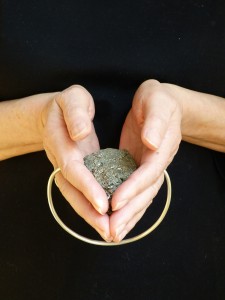
Rings by Brune Boyer
The further I go, the clearer I see how people want to belong, and there are more and more of them. Those who protect their freedom like a dragoness protects…
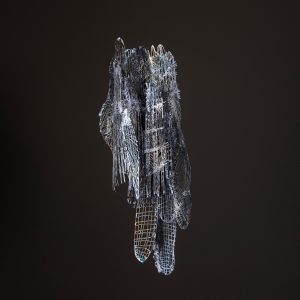
Winter landscape by Sofia Björkman
The black winter pattern of bare branches, the tracks of sledges in the snow, the feet of birds tracing dotted trajectories through the untouched snow,…

Unexped connections of Lisa Björke
The Swedish artist Lisa Björke creates unexpected connections between everyday objects and elements of traditional craftsmanship – materials and techniques. In METALLOphone, she looks back…
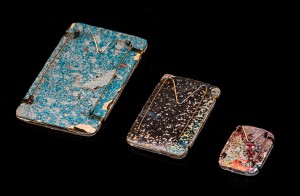
Transit spaces of Dovilė Bernadišiūtė
The Swedish-based Lithuanian jeweller refers to her objects as transit spaces. Thresholds, stops and stations, subways, and airports. These are spaces that don’t seem to…
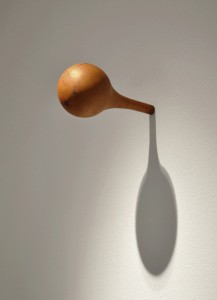
Pin by Peter Bauhuis
Peter Bauhuis (Germany) talks about being somewhere and marking that presence. About ways to tell yourself and the world – you are here. I am…
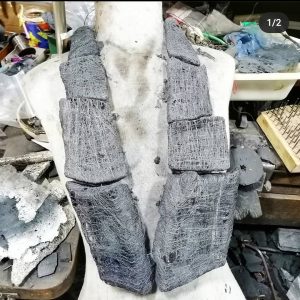
Collier by Jordi Aparicio
The black netting, stacked in rectangular “bricks”, looks massive but is actually light. The black collier requires some kind of imaginary body, it seems that…
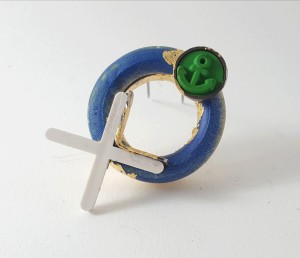
Lifebuoy by Silvia Serra Albaladejo
It seems that nothing needs to be said here. Now that the world is going mad, now that you don’t know where to stand, we…

Place by Ines Almeida
Her places are the ones we remember that leave traces like a paintbrush leaves paint on watercolour paper. Brooches with paper, not enamel, fragile paper…
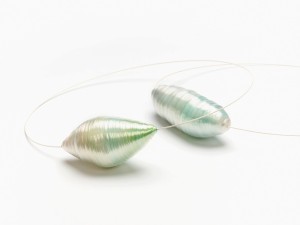
Pseudo-pearls of Andrea Auer
Andrea Auer (Austria) exhibits pseudo-pearls at METALLOphone. Large, obviously fake, much more pearl-like images, a derivative of what we imagine a pearl to be –…

